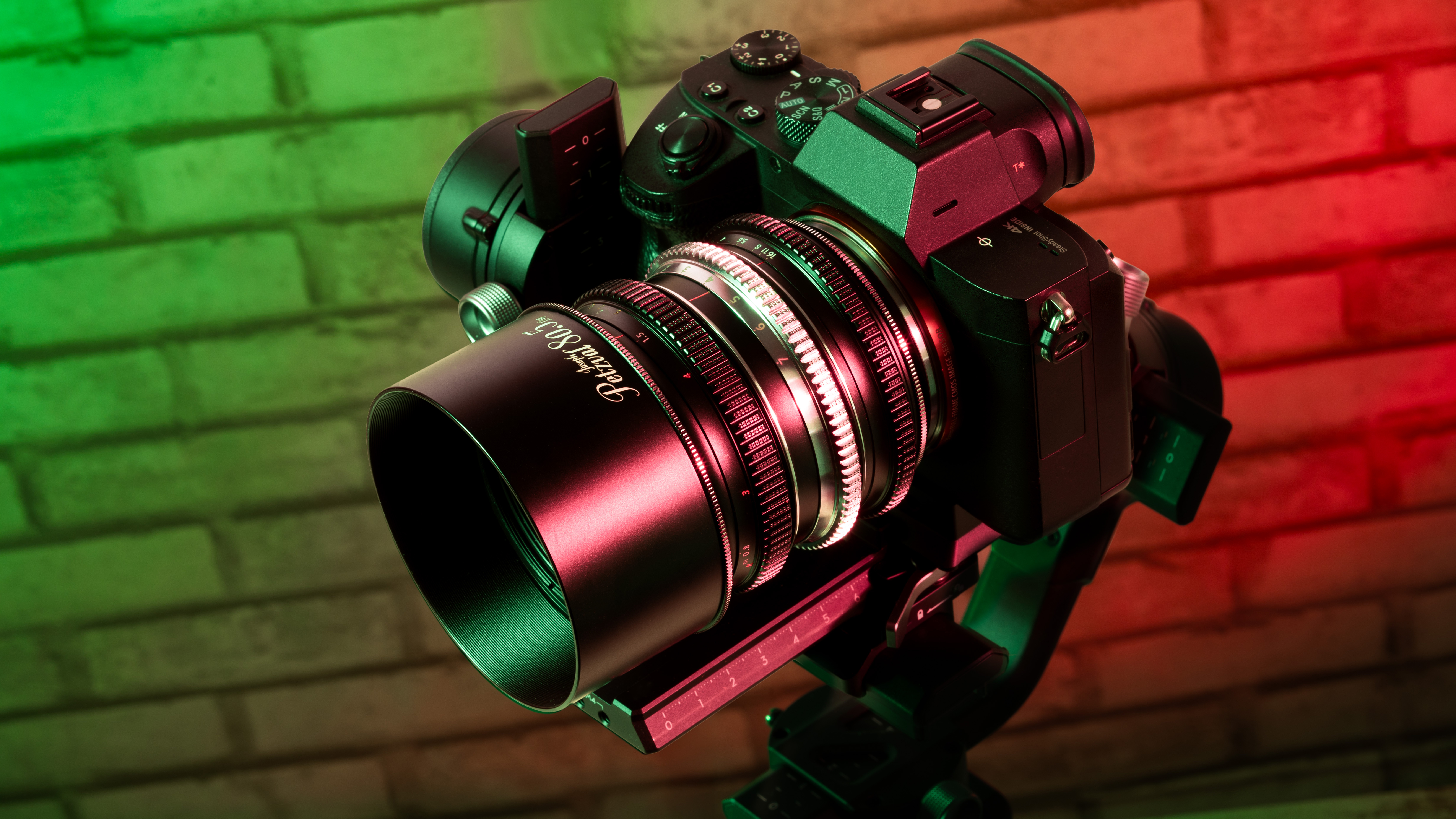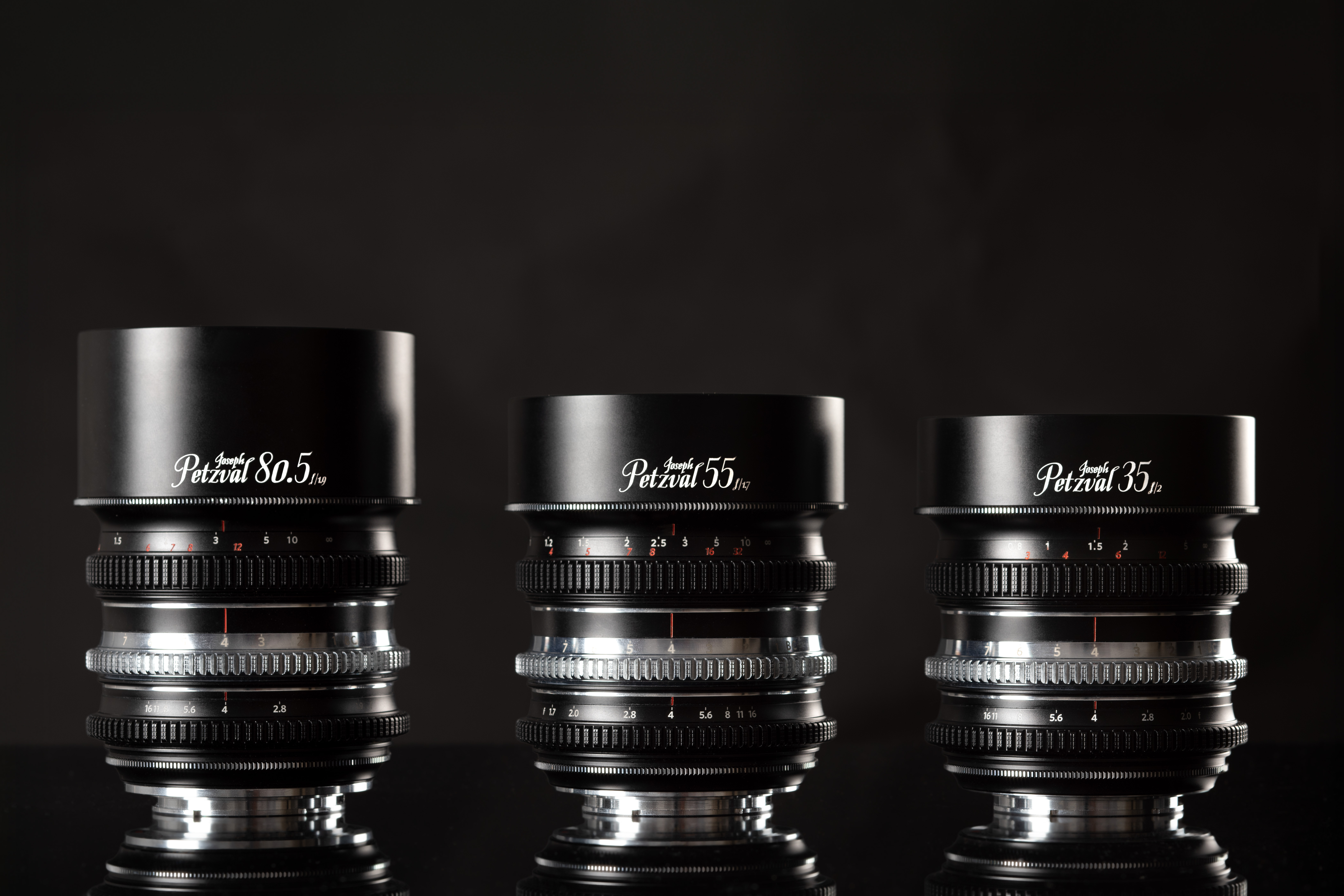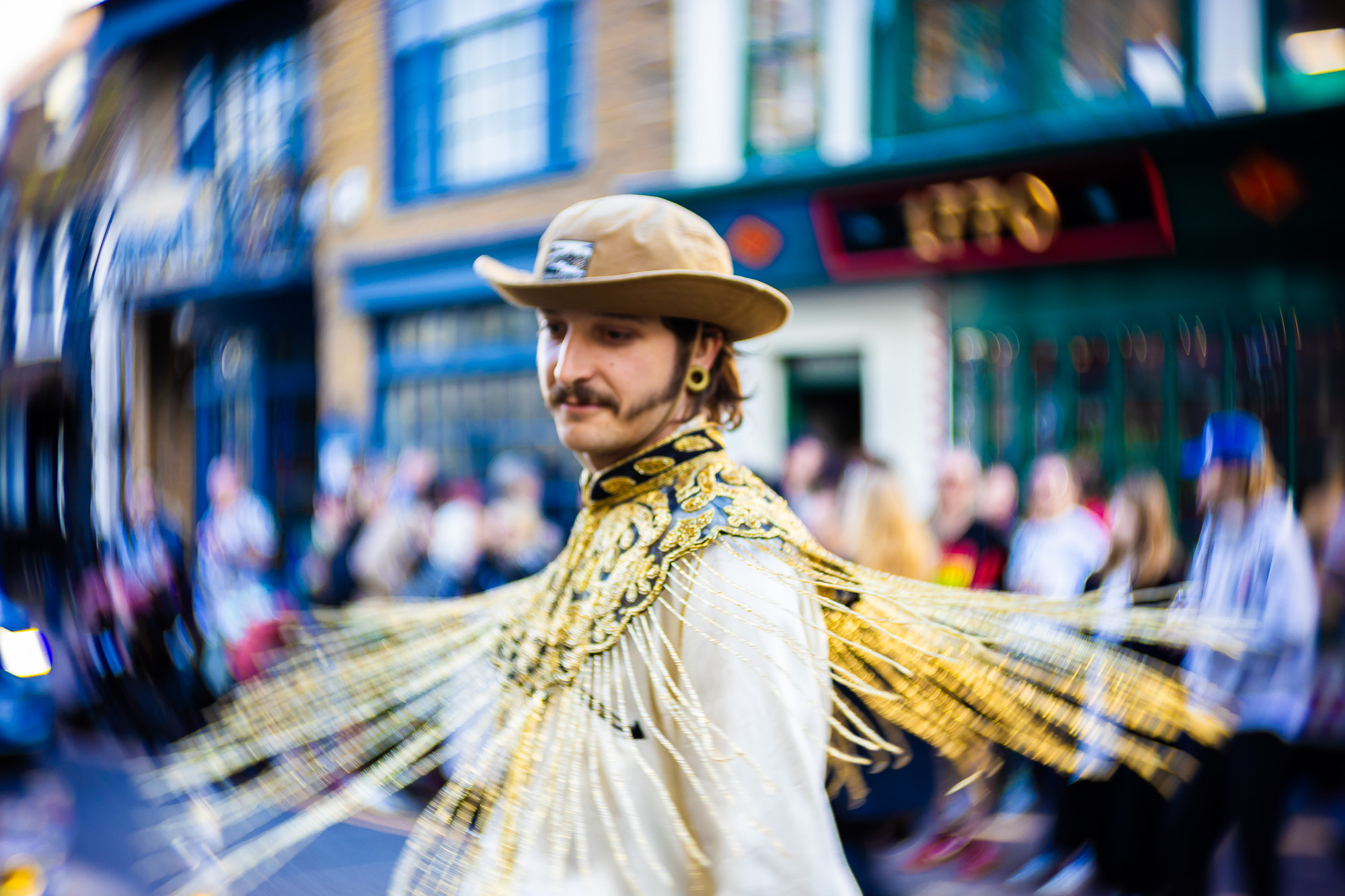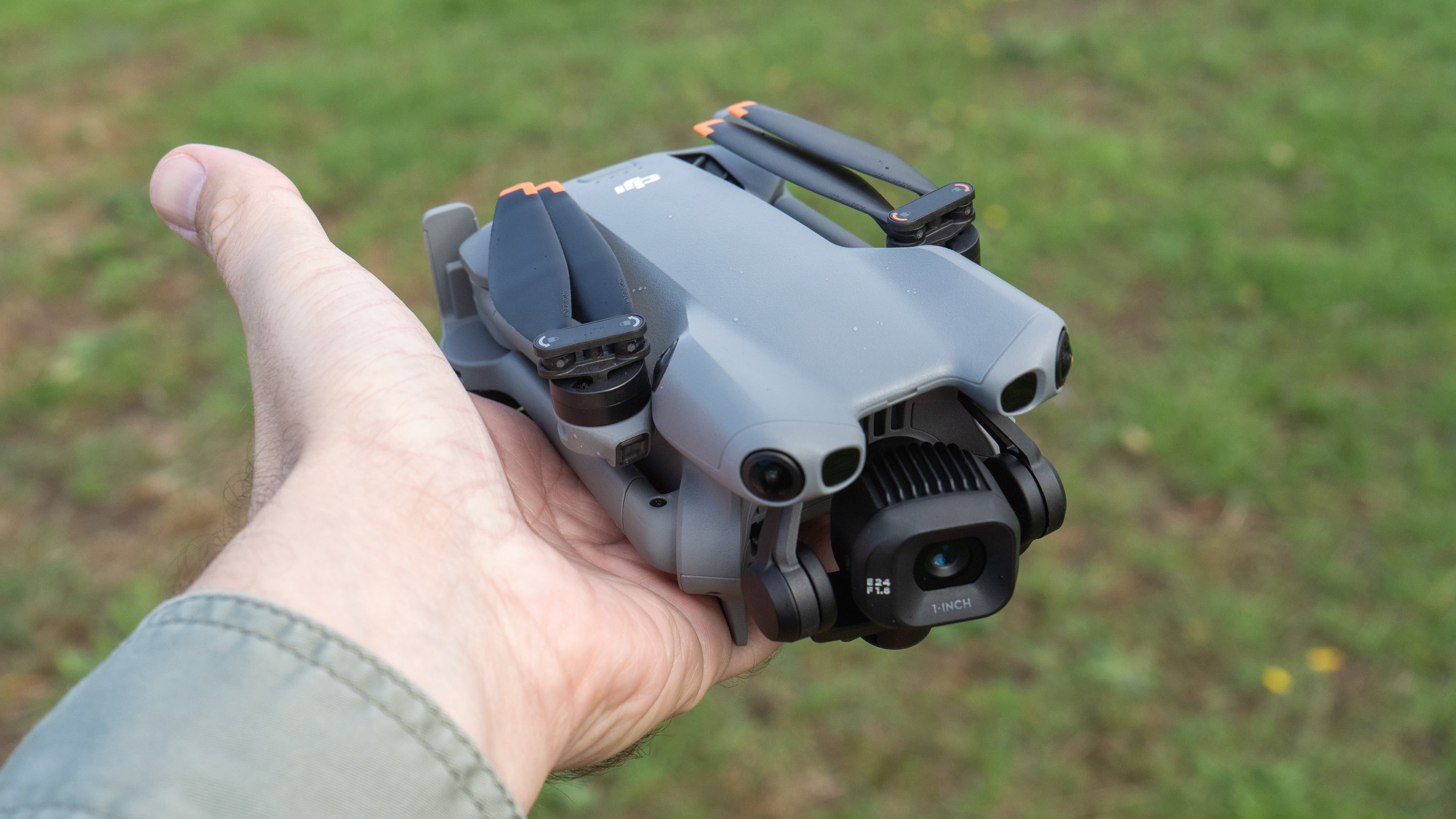Lomography revives iconic Petzval lenses for modern mirrorless cameras
Lomography launches Joseph Petzval Focus-coupled Bokeh Control Art Lens Series for photographers and filmmakers

No stranger to rejuvenating analog camera technology, Lomography has just announced the Joseph Petzval Art Lens Series. A handcrafted collection rooted in the optical heritage of Joseph Petzval’s original 1840 portrait lens, recalculated and reengineered for modern mirrorless camera systems.
Designed for full-frame Sony E, Canon RF, and Nikon Z mounts, the lineup begins with the Joseph Petzval 55mm f/1.7, 80.5mm f/1.9, and 35mm f/2. Soon to be joined by two further lenses, a 27mm and a 135mm (already in development), completing what will be a five-lens Petzval series. Notably, some of these focal lengths, including the 80.5mm, are available for full-frame mirrorless cameras for the first time.
Above: an example video of the Petzval lenses in action, featuring the different levels of Bokeh control
The distinctive Petzval aesthetic remains at the heart of this series. Sharp subjects are rendered with crisp clarity in the center, melting into swirling, dreamlike backgrounds that can be tuned through seven levels of bokeh swirl control. Blue-tinted flares and warm highlights add an atmospheric glow, creating images that feel rich with texture and character, straight out of the camera.
The lenses are designed with both photographers and filmmakers in mind. Fully manual, each lens features smooth, stopless aperture and focus rings, with a chrome-plated bokeh control ring for quick, tactile adjustments. The black anodised aluminium build is both durable and refined, reflecting Lomography’s handcrafted approach while still being prepared for the challenges of daily use.
For filmmakers, the Petzval series offers precision engineering tailored to modern workflows. A 180° focus throw, follow-focus compatibility (MOD 0.8), and unified gear positions across the range ensure seamless lens changes during production. Focus-coupled bokeh control enables smooth, uninterrupted creative adjustments without focus shift, while the built-in ¼-inch lens support guarantees stability for handheld shooting, gimbals, or tripods.
Petzval lenses have recently seen a resurgence in Hollywood, featuring in films such as Poor Things, Everything Everywhere All At Once, and The Northman. The aesthetic provides a dreamlike quality that works as a significant compositional tool and adds atmosphere to the scenes.
The best camera deals, reviews, product advice, and unmissable photography news, direct to your inbox!
The technical specs highlight their versatility. The Joseph Petzval 55mm f/1.7 is built on a four-element, three-group Petzval design with a 43° field of view, an aperture range of f/1.7 to f/22, a closest focusing distance of 0.7m, and a 67 mm filter thread.
The 80.5mm f/1.9 shares the same optical layout with a 30° field of view and a 0.8m close focus, and the 35mm f/2 expands to five elements in four groups, with a 63° field of view and a close focus of 0.4m. All models are multi-coated, employ helicoid focusing, and are crafted to work intuitively for both photographers and videographers.
The Joseph Petzval Art 55mm f/1.7, 80.5mm f/1.9, and 35mm f/2 lenses are available to preorder now for $499 / £339 / AU $682 each, or as part of a three-lens bundle that includes all three focal lengths, with the 27mm and 135mm versions still in development.
you may also like
Check out our guides to the best Lomography cameras and the best Lomography lenses.

Kalum is a photographer, filmmaker, creative director, and writer with over 10 years of experience in visual storytelling. With a strong focus on photography books, curation, and photo editing, he blends a deep understanding of both contemporary and historical works.
Alongside his creative projects, Kalum writes about photography and filmmaking, interviewing industry professionals, showcasing emerging talent, and offering in-depth analyses of the art form. His work highlights the power of visual storytelling, fostering an appreciation for the impact of photography.
You must confirm your public display name before commenting
Please logout and then login again, you will then be prompted to enter your display name.


